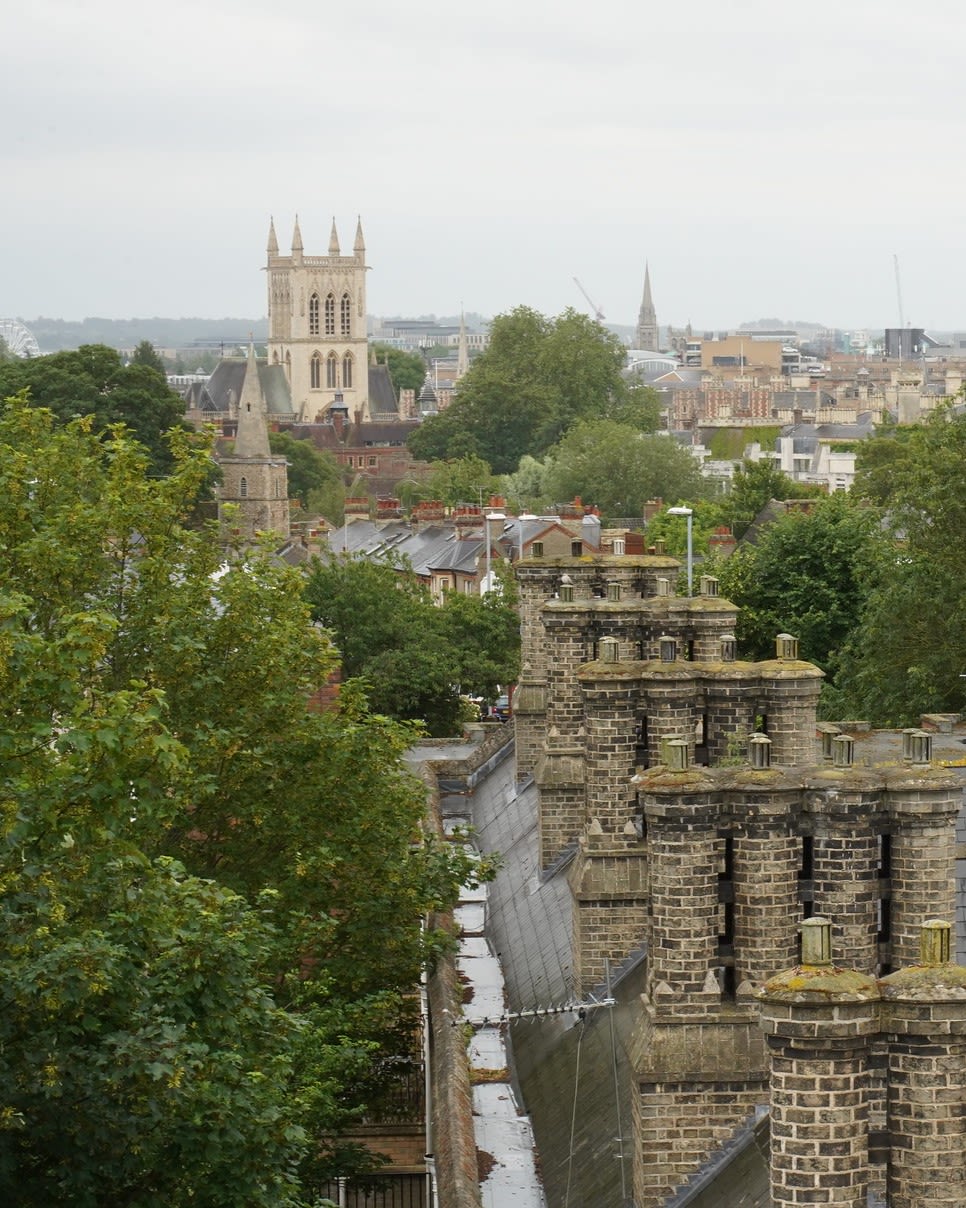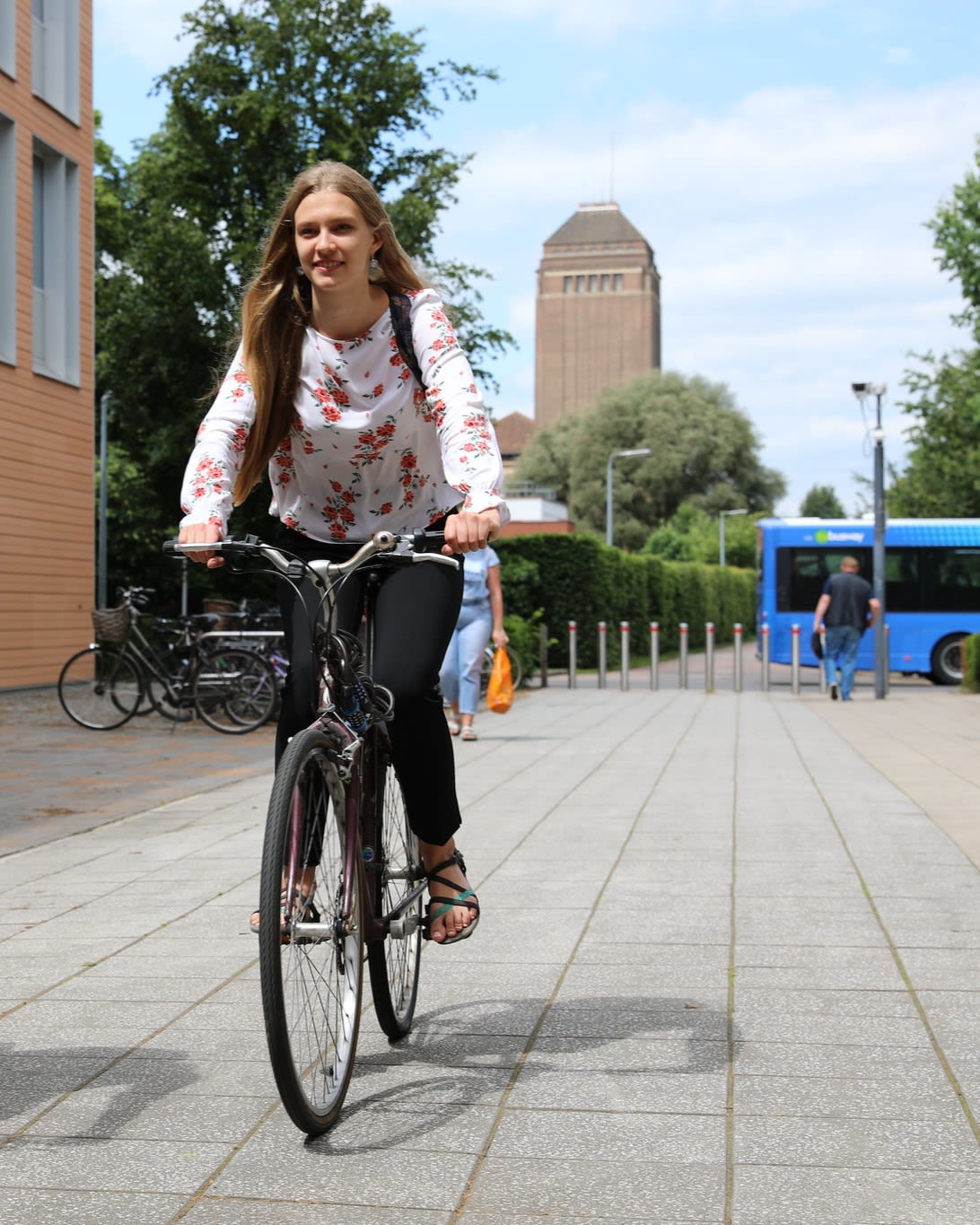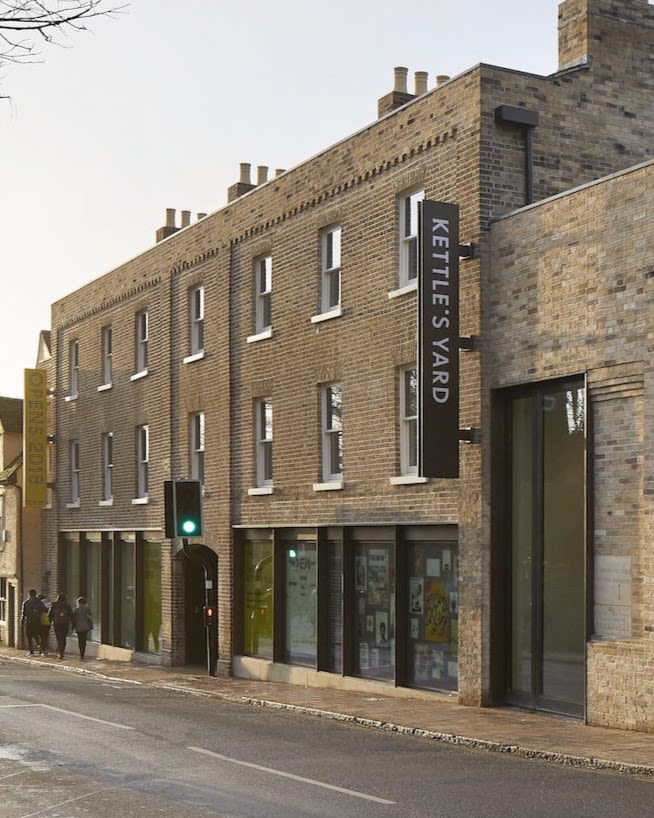Undergraduate Colleges Guide
Castle Hill and Huntingdon Road

This article is one of our six-part series helping you to learn more about the 29 Colleges available to Cambridge undergraduate students. This series is focusing on the areas in which the Colleges are located. However, there are other factors to consider when deciding on a College. Please read our full advice here.
Cambridge is a very flat city, except for an area ascending from the northwest side of the River Cam called 'Castle Hill'. As the name suggests, this is where Cambridge Castle once stood, however the structure has long since disappeared and all that remains is a small mound that offers great views of the city.
Nearby to this mound is where we find a group of Colleges collectively known as the 'Hill Colleges', as well as another College further up Huntingdon Road, all which we will be exploring in this article.
These Colleges are:
Most Colleges provide accommodation for almost all students for at least three years. So it’s a good idea to learn more about the area of the city which you may end up calling home.
About the area
Colleges in the Castle Hill area and the northwest of Cambridge are well situated in relation to the city centre as well as various University departments and facilities.
Nearby University facilities
These Colleges are nearby to the following University areas:
- Grange Road for the University Library and Sidgwick Site (including the Faculties of Law, English, Economics and more)
- West Cambridge Site including the Cavendish Laboratory, Veterinary School, and University Sports Centre
- Departments and faculties in the city centre
Getting around
There are bus stops near to all Colleges that can take you into the city centre and other locations. Walking and cycling are both popular options.
Please see indicative travel times in minutes below:
City Centre
- Walking: Hill Colleges, 16 mins. Girton, 50 mins.
- Cycling: Hill Colleges, 6 mins. Girton, 15 mins.
- Bus: Hill Colleges, 9 mins. Girton, 20 mins.
Grange Road
- Walking: Hill Colleges, 18 mins. Girton, 50 mins.
- Cycling: Hill Colleges, 6 mins. Girton, 15 mins.
- Bus: Hill Colleges, 15 mins. Girton, 20 mins.
West Cambridge Site
- Walking: Hill Colleges and Girton, 30 mins.
- Cycling: Hill Colleges and Girton, 10 mins.
- Bus: Hill Colleges and Girton, 16 mins.
Cambridge is a small city that is easy to navigate on foot, by bike, or public transport. You will never be a long journey away from any part of the city whichever College you become part of.
Local amenities
The Hill Colleges are close to supermarkets, shops and bars. Girton College is slightly further out but is walking distance to the shops and facilities at Eddington, the newest neighbourhood in Cambridge.
Highlights include:
- River Cam and Quayside for punting and riverside drinks and dining
- Storey's Field Centre at Eddington for events and shows
- The University Sports Centre on the West Cambridge Site
- Kettle's Yard gallery and museum
Churchill College
Do you like modern architecture and large outdoor spaces? These are the two defining features you will be greeted with when you first arrive at Churchill College.
Churchill has quickly made a name for itself since it's relatively recent founding in 1960 with a requirement that 70% of its students be enrolled in science and technology courses. However the College has a sizeable population outside of STEM subjects.
With a large student population and 42 acre site, it feels different compared to the older Colleges. The site is dotted with modern art, particularly sculptures, and is also home to the Churchill Archives Centre.
Key facts
|
Year founded |
1960 |
|
Population size |
Approx. 850 |
|
Courses available |
All courses except Land Economy, and Theology, Religion, and Philosophy of Religion. |
|
Percentage of en suite rooms |
40% |
Did you know?
The College is named after former British Prime Minister, Winston Churchill.
Want to explore further?

Fitzwilliam College
Just across the road from Churchill, you will find Fitzwilliam College, which is almost 100 years older than its neighbour. Fitzwilliam is a College that epitomises both the traditional and modern characteristics of the University. This is encapsulated in their motto, 'The Best of the Old and the New'.
The College was originally based in Fitzwilliam House opposite the Fitzwilliam Museum, before moving to its present location. Its founding mission was to improve access for disadvantaged students – something it continues to do to this day.
Fitzwilliam has a strong reputation for music, drama, and sport and has excellent facilities to accommodate these pursuits. The centre-piece of the College site is Regency House, which was once home to Emma Darwin – the wife, and later widow, of Charles Darwin.
Key facts
|
Year founded |
1869 |
|
Population size |
Approx. 970 |
|
Courses available |
All courses |
|
Percentage of en suite rooms |
43% |
Did you know?
The College is located on the site of the earliest recorded settlement in Cambridge which is 3,500 years old.
Want to explore further?

Girton College
Venture along Huntingdon Road and you will discover the splendid red-brick buildings of Girton College. The College was the UK’s first residential institution for the higher education of women, but is now populated by equal numbers of male & female students.
Girton prides itself on offering a friendly community where no one is anonymous. The College is organised around a series of spacious courtyards, offering attractive and informal settings in which to relax and socialise.
Situated in green and peaceful surroundings, the College grounds include a pond, an orchard, woods and lawns. Ideal for those who enjoy nature and tranquillity.
Key facts
|
Year founded |
1869 |
|
Population size |
Approx. 900 |
|
Courses available |
All courses except Education and History of Art |
|
Percentage of en suite rooms |
49% |
Did you know?
Amongst its many sporting and leisure facilities, Girton is the only undergraduate College with a heated indoor swimming pool.
Want to explore further?

Lucy Cavendish College
Surrounded by trees and greenery, Lucy Cavendish College’s modern, informal campus is a welcoming space to live and study.
The College features beautiful gardens with ponds, and red-brick Victorian buildings. Giving it the feel of a country-retreat but in the city. You can enjoy these and many other facilities on site, including a library and gym.
Lucy Cavendish is inclusive, forward-thinking, and prides itself on being different. All while delivering the best of Cambridge’s historic traditions in a modern setting.
Key facts
|
Year founded |
1965 |
|
Population size |
Approx. 1090 |
|
Courses available |
All except Music |
|
Percentage of en suite rooms |
78% |
Did you know?
The College's namesake, Lucy Cavendish, was a campaigner for women's education during the nineteenth and early twentieth century.
Want to explore further?
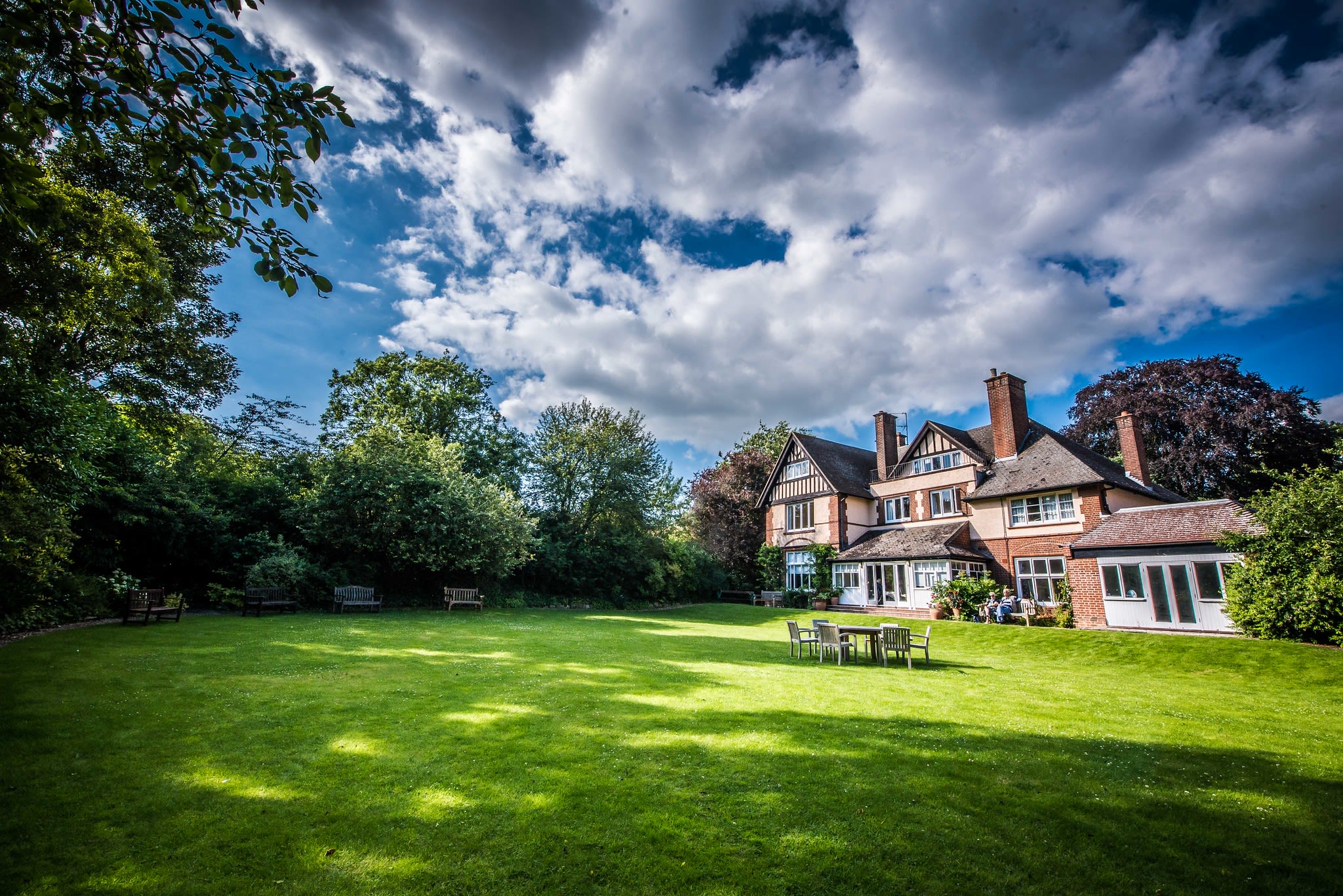
Murray Edwards College
This women-only College is known for its modern architecture and spacious interiors with inviting green spaces. Its iconic domed building is the first thing you will be greeted with on arrival.
Founded in 1954 as ‘New Hall’ with just 16 students, the College moved to its current location, on land donated by the family of Charles Darwin, in 1960.
Since that time, the College has helped generations of women to achieve their potential. The College describes itself as “radical, diverse and open to all who identify as women”.
Key facts
|
Year founded |
1954 |
|
Population size |
Approx. 610 |
|
Courses available |
All except Education and Philosophy |
|
Percentage of en suite rooms |
48% |
Did you know?
Murray Edwards houses The Women's Art Collection, a collection of modern and contemporary art; the biggest of its kind in Europe.
Want to explore further?
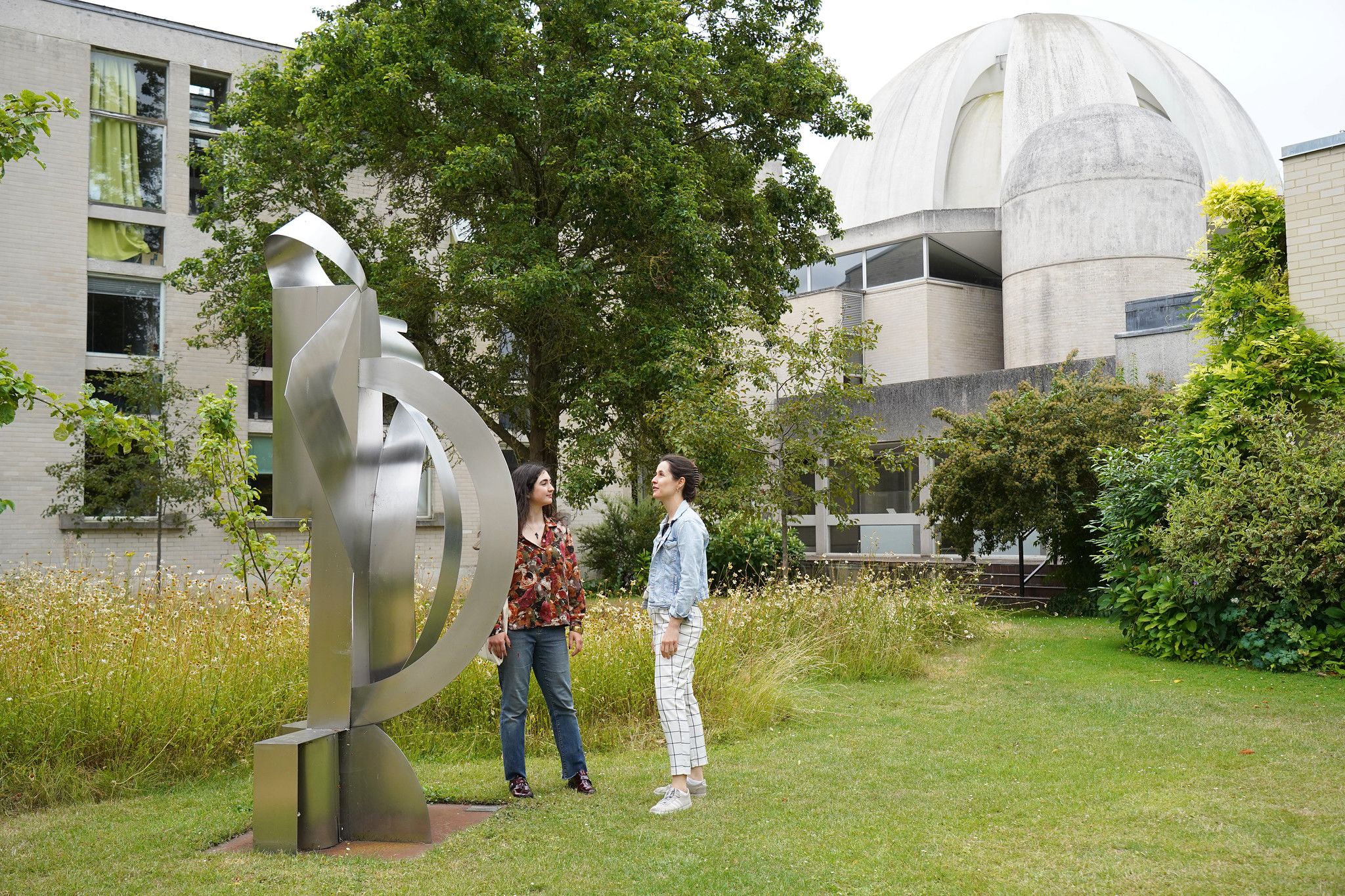
St Edmund's College
A College for mature students aged 21 and over, St Edmund’s offers a welcoming community to those from a range of backgrounds. Its distinctive octagonal tower welcomes you to the 10 acre site that includes a chapel and sports fields.
Founded in the late 19th century, the College challenged the status quo at the time by offering places to religious scholars. It has since opened its doors to students of all religions and also non-religious students.
St Edmund’s unashamedly looks to the future but maintains a sense of tradition in keeping with a Cambridge education.
Key facts
|
Year founded |
1896 |
|
Population size |
Approx. 815 |
|
Courses available |
All courses |
|
Percentage of en suite rooms |
64% |
Did you know?
In the 1920s, St Edmund’s was the first College in over 200 years to award a degree to a Roman Catholic student at Cambridge.
Want to explore further?
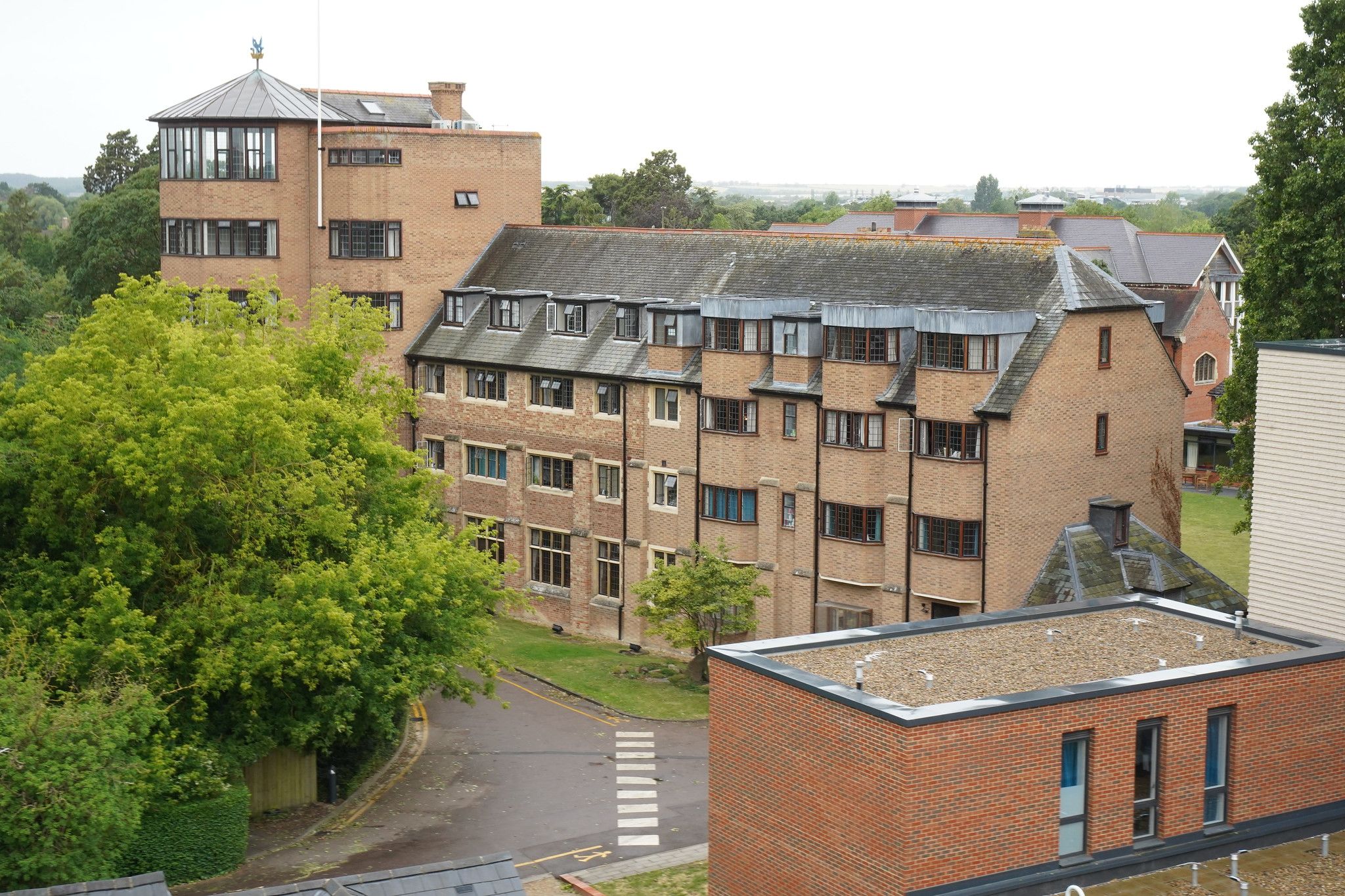
The information in this article is correct at the time of publishing. Please check our website for the most up-to-date information.
Last reviewed: March 2025

